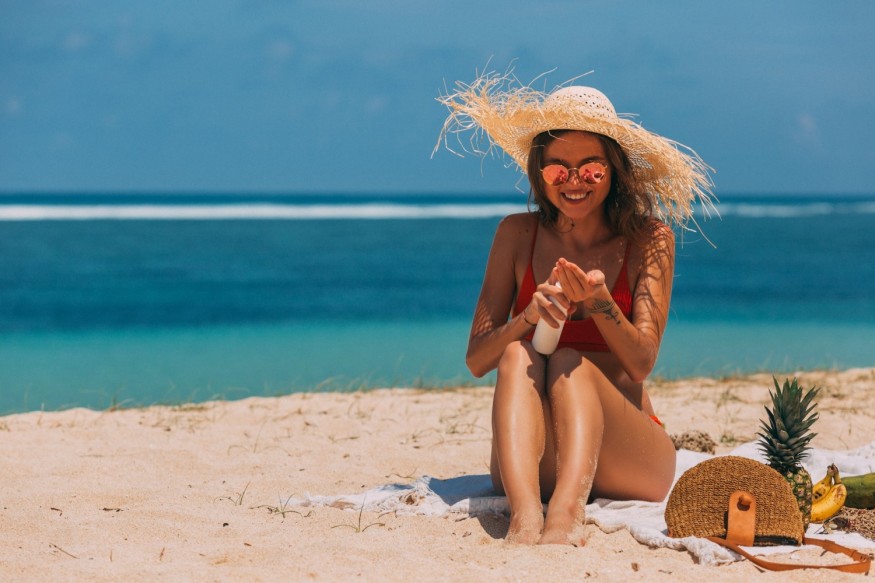
With climate change increasing people's exposure to UV radiation, experts from the U.S. Environmental Protection Agency (EPA), along with the National Council on Skin Cancer Prevention, recognized the 15th "Don't Fry Day" ahead of the summer season to encourage Americans to take measures to protect their skin and eyes from sun damage. Skin cancer and vision problems like cataracts can develop due to prolonged exposure to UV rays without adequate protection. Hence, awareness of the sun's effect on health is crucial when spending time outside. Sun damage builds up over time, so daily care for your skin and eyes is vital. The EPA also recommends simple and memorable tips for protecting the skin and eyes from the sun: SLIP!, SLOP!, SLAP!, WRAP!, and other steps to minimize UV exposure and damage. Here's what you can do to keep yourself safe and healthy this summer:
Skin protection
Your skin's health is greatly affected by UV radiation, and climate change is making things worse. For this year's summer, temperatures are expected to make a relative increase and cause dry conditions. There will likely be several days when Americans may experience 90-degree Fahrenheit temperatures and a few triple digits during the season. Climate change is the culprit for this temperature rise, and with hotter weather, people tend to wear less clothing and spend more time outdoors, increasing the risk of skin cancer.
To counter this concern, some of the EPA's tips - SLIP!, SLOP!, and SLAP! - offer skin protection measures to follow when the heat increases. You should "SLIP!" on a long-sleeved shirt or other clothing that covers your skin, "SLOP!" on a handful of sunscreen with an SPF of 15 or higher and reapply every two hours, and "SLAP!" on a broad-brimmed hat to cover the back of your neck and tips of your ears. The EPA also recommends avoiding tanning beds or sunbathing and urges people to check the UV Index before spending time outdoors. Properly covering up the skin with protective clothing or sunscreen can mitigate the effects of climate change and UV radiation on your skin.
Eye protection
Your eyes are not immune to damage from the sun's UV rays either. Vision issues like cataracts and eyelid cancer are linked to UV exposure, damaging your ability to see properly. As such, there's an increasing awareness of the importance of wearing sunglasses - especially outdoors. For those who wear eyeglasses for vision correction, prescription sunglasses are ideal, as these are made with the same vision prescription as regular eyeglasses. The only difference is that the lenses would have a darker tint and a UV-protective coating to help safeguard the eyes from harmful UV rays. Many retailers now offer prescription sunglasses in different shapes, styles, and colors. Online retailer EyeBuyDirect offers a flat rate of $20 to add a single-vision prescription to the lenses of almost any pair you purchase, making it more accessible for those who need vision correction to buy new eyewear with ease.
The EPA's "WRAP!" tip also advises using sunglasses that wrap around the sides of your face to offer more protection. They're designed to keep the sun's glare out from all angles of your visual field. Though athletes typically wear them to enhance visibility when playing outdoor sports, everyone can benefit from the coverage wraparound sunglasses provide. A bonus is that they're also considered trendy, so those concerned about style can still make the look work while protecting their eyes from UV radiation.
Climate change is changing not only the weather and the environment but also how we approach health and wellness. With rising temperatures and stronger UV rays, caring for your skin and eye health should be a top priority. Remember the EPA's recommendations and tips for optimal coverage and protection throughout the summer and the rest of the year.
© 2025 NatureWorldNews.com All rights reserved. Do not reproduce without permission.





